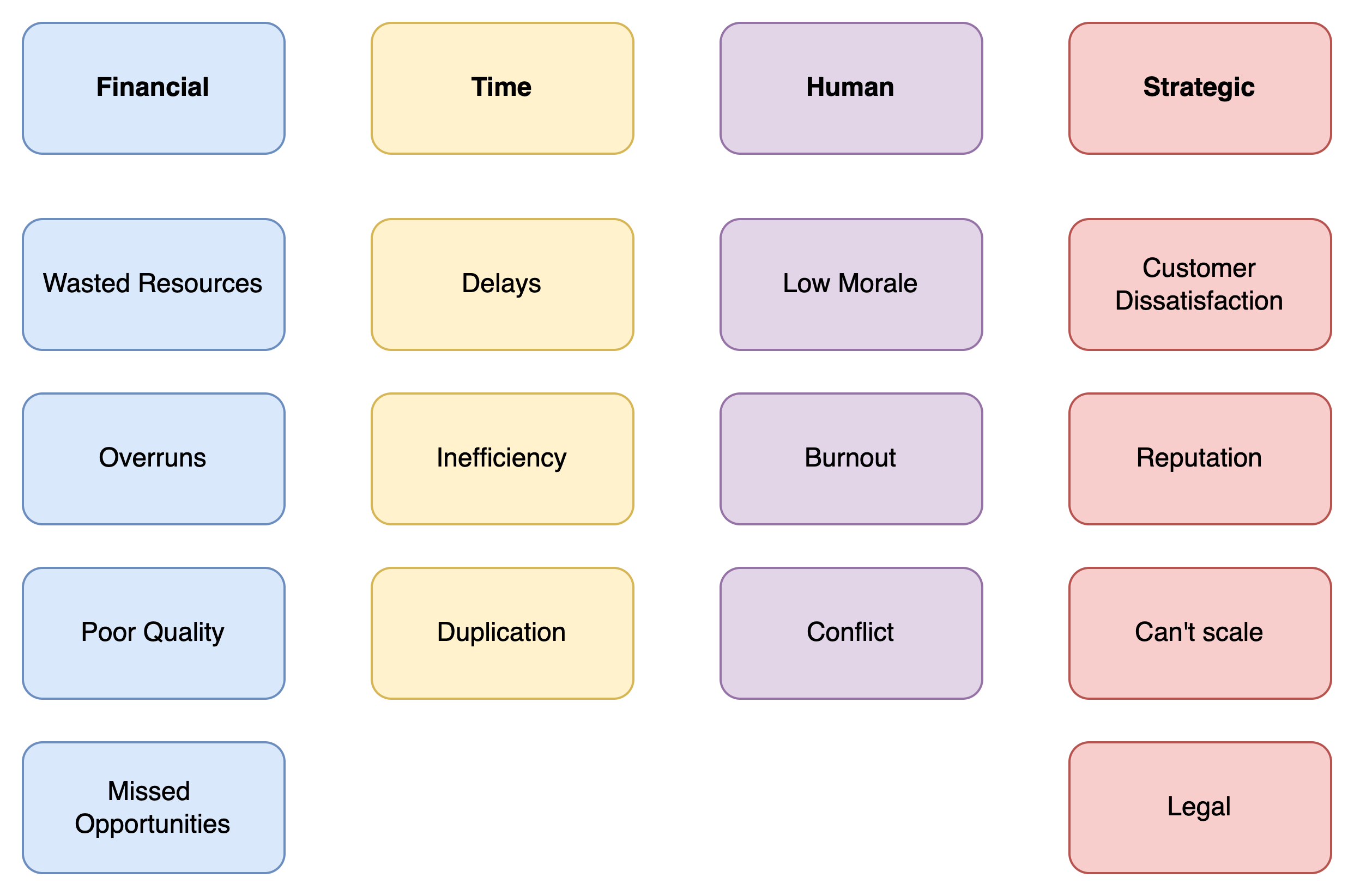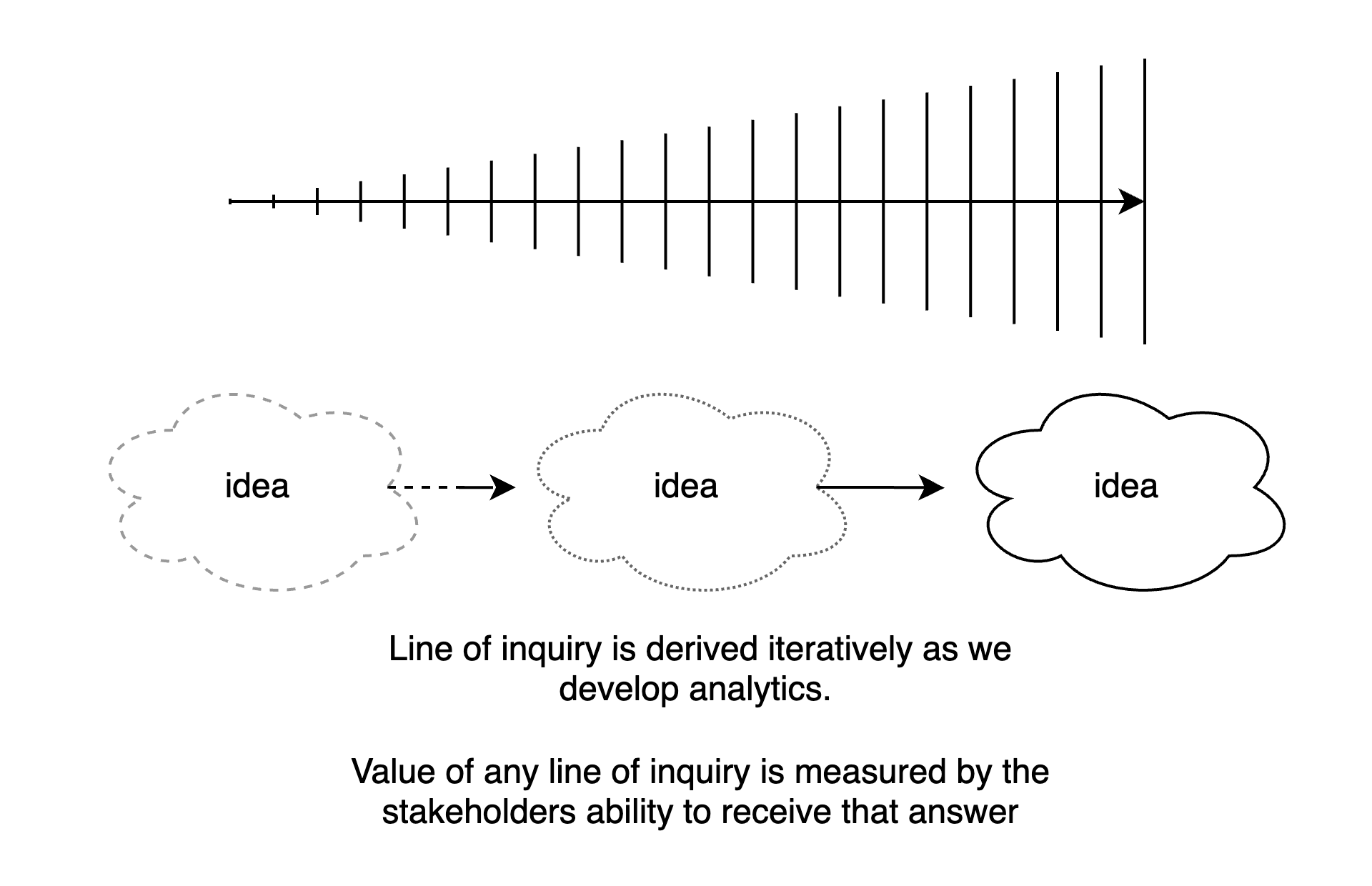Analytics Work
Structured Intelligence Governance by People
Failing to plan is planning to fail. –Patrick Robotham
Working together
- :( When data developers work alone, they inherit all the uncertainty, fragility, and fallout.

- :) When data is developed collaboratively, validation becomes distributed, feedback becomes faster, and the team shares responsibility for insight integrity.
To work together, we need a shared plan.
Data work is software development
- Data work is software development: it requires ongoing design, testing, version control, refactoring, and modularity. All of this needs to be understood collaboratively.
- Agile planning principles apply: we iterate toward democratic clarity, not from it. Agile-like collaboration via a tool such as JIRA is industry standard for optimisation of team productivity.

- Data is not a static product, project plans need constant updating, for example, to reflect updated line of inquiry.
- Treating analytics as a one-off request breaks observability and continuity and presupposes a static delivery.
Types of tasks in an analytics project
Different task types support different aspects of the analytics lifecycle. These roles are interdependent: good planning requires design clarity, engineering without documentation creates black boxes, and operations without semantic context leads to silent failures. Structured intelligence depends on the thoughtful composition of these roles.
These task types form a structured system. Each plays a role in the lifecycle of an analytic question. Their composition requires coordination. Some types are core to producing insights; others enable sustainability, scalability, and justice within the system.
| Task type | Example | Purpose |
|---|---|---|
| operations | resource management, risk and issue handling | maintain organisational continuity |
| planning | breaking planning nodes into subnodes, dependency integrity | ensure tractable scope |
| engineering | writing DBT models, R functions | instantiate logic |
| design | metric specification, schema definition | align semantics with intent |
| documentation | dbt description: blocks, ologs, validation notes |
preserve meaning across time and teams |
| analytics | exploratory analysis, KPI trends, regression models | interpret results, generate insights |
| validation | FAIR entity tests, cross-source comparisons | ensure meaningfulness and robustness of results |
| coordination | wellbeing, collaborative views, ways of working support | enable alignment, reduce drift, resolve blocks |
| governance | escalation policies, data contracts, PR reviews | constrain chaos, maintain coherent boundaries |
| education | onboarding, internal demos, mentorship | cultivate shared understanding and autonomy |
| advocacy | stakeholder comms, doc writing, resisting nonsense | protect question integrity and analyst wellbeing |